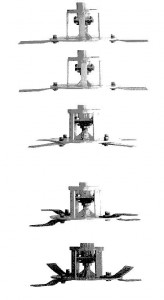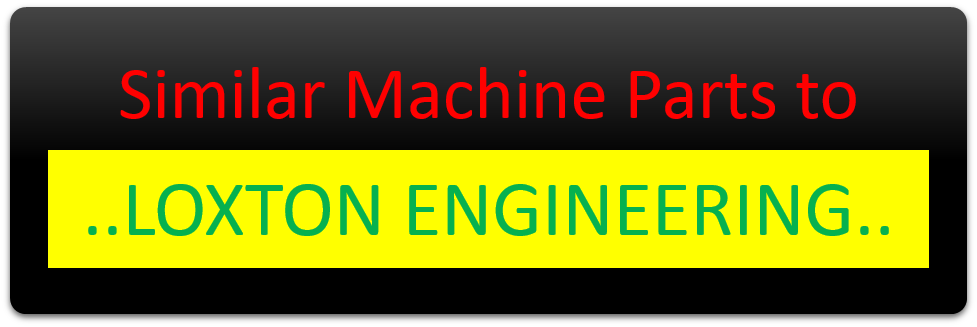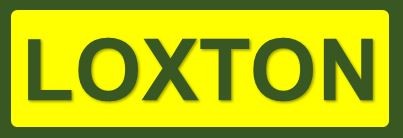 There are four types of blades (Twisted, Flat, Stepped and Angled)
There are four types of blades (Twisted, Flat, Stepped and Angled)
1. TWISTED BLADES: Two fitted per rotor (preferred in 85 percent of areas). 3.9m (13′) to 5.4m (18′) machines will be fitted with the more popular twisted blades, unless ordered otherwise.
Advantages:
a. Generally cleaner cut and better windrow
b. More ground clearance of rotor plates (compared to flat blades)
c. Generally less horsepower to drive than flat blades
d. Slightly better protection of blade bolt head from wear (compared to flat blades)
e. Retains a reasonable cutting edge (compared to other blade types)
Disadvantages:
a. Not reversible – they are either clockwise or anticlockwise. Care must be taken to put clockwise blades on clockwise rotors and vice versa.
b. If one blade is lost (1 out of 2), severe vibration can cause more damage more quickly.
2. FLAT BLADES: Four fitted per rotor (four stepped down blades standard) (will operate with two per rotor)
Advantages:
a. Reversible rotation
b. If one out of four blades is lost, less vibration than one out of two
Disadvantages:
a. Generally require more horsepower to drive than twisted blades
b. Generally not as clean cut, or as good a windrow
c. More wear on blade bolt heads
3. STEPPED BLADES: Two or four per rotor
a. Two stepped blades are fitted on 6.4m – 9.45m (21′ – 31′) machines as standard for general purpose cutting.
b. Stepped blades can be fitted four per rotor (two stepped up and two down). Used for more of a mulching effect with minimal rowing.
c. Four stepped blades are an extra cost option when ordered with new machine.
4. ANGLE BLADES: Two fitted along with two stepped blades per rotor
a. Generally better mulching and spreading action
b. Extra cost option when ordered with new machine


